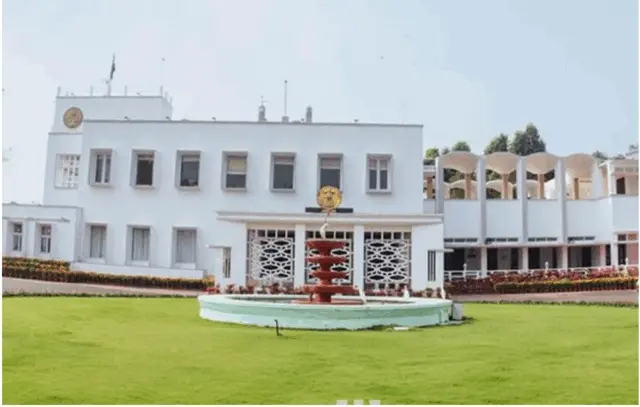Bhubaneswar: It has been decided by the union cabinet that the subsidised food grain provided by the government will be free of cost as the beneficiaries were paying a name-sake price like Rs 1 per k.g. food grains earlier. This decision was taken as the new year a gift to the propkd of the country as well as it will become a suitable weapon for the opposition parties to attack the ruling party stating this as a vote bank tactic even if this decision would impress more than 81 crore people in India. According to the National Food Security Acy ( NFSA), whatever meagre price the beneficiaries were paying for these food grains, they will have to pay no money for the subsidised food grains in the year 2023. The government must have set the target to achieve adherence to such a huge mass through this strategised step. The opposition will never miss this chance to use it as a boomerang against the government. Firstly, Prime Minister Narendra Modi, last year, criticised the free distribution politics. But is it not the same vote bank politics as the free distribution of food grains before the 2024 elections? Like some communists opine that this free distribution substantiates how unemployment is widespread in the county.
If we discern all the arguments, it is understood that the strategy the government is going to implement through this free distribution system is nothing but frying fish in its oil. Because the government has sneakily put an end to another such scheme which is Pradhanmantri Garib Kalyan Yojana under which the same beneficiaries were getting 5 kg. of food grain free of cost. After the emergence of the first wave of covid, the government has already incurred around Rs 3. 9 lakh crore in this scheme that was started in April 2020. If this scheme was continued for one more year, the government would have to spend Rs 1.6-1.7 lakh crores in the scheme. Comparatively, the government will be bearing around 20,000 crores for the distribution done under NFSA this year. Under this NFSA program, the bengiaciez get a maximum of 5 kgs every month as wheat is provided for Rs 2 per kg, rice is 3 rupees per kg, and other gross food grains 1 rupee per kg. Other than that, under the Antodaya Foodgrain Program, families which are extremely poor get 35 kgs of food grains every month at the same price. It is worth mentioning that in the year 2023 when the then-UPA government induced the NFSA laws, then it promised that there will be a constant change in the issue price of the distributed food grains provided to the beneficiaries matched with the economic cost of the food grains. The Minimum Subsidy Price (MSP) of the collection, warehousing cost, transportation costs and delivery costs etc is part of the Minimum Subsidy Price ( MSP). It is needless to say that after this law was implemented the economic price of the collected grains has increased constantly, but the selling price has never been a corresponding determination in the sale price. That is the reason why the magnitude of the difference between these two prices has been growing. This constant price increase is putting a grave impact on the distribution system of the government and making it burdensome. For example, in the 2019 financial year, the figure for the food grain was 1 lakh crore whereas in 2021 it was 5.41 lakh crore. In the 2022 financial year, the food subsidy was the highest at 2. 86 lakh crore and in the current financial year the budget for food subsidy may have been allocated to 2.06 lakh but it will reach up to 2. 8 lakh crore. This situation has been raised due to creating a huge buffer stock of food grains.
The government has put itself in big financial failure due to this huge food subsidy. Though poor welfare schemes are utterly necessary for our country, it has become a burden for the government. In the past many times, the scheme was about to expire but the advent of covid pandemic made those schemes run for the survival of the extremely poor. These free subsidies for food supply were continued till the end of December, which finally came to an end this time. This covid related food supply scheme might have ended, but people, especially those economically weaker sections have not yet come to their previous state. To exemplify it, as a rising tide the livelihood seekers from the villages, unable to find work in the city, are returning to the village. Therefore, for an uncertain duration the responsibility of ensuring food security both in the rural and urban areas will be of the nation. So even if it is a strategy to garner votes, seek support from the major population of the country or may that be frying fish in its oil, the government has taken a step to satiate that responsibility to provide food security to the downtrodden for another year.
-OdishaAge




